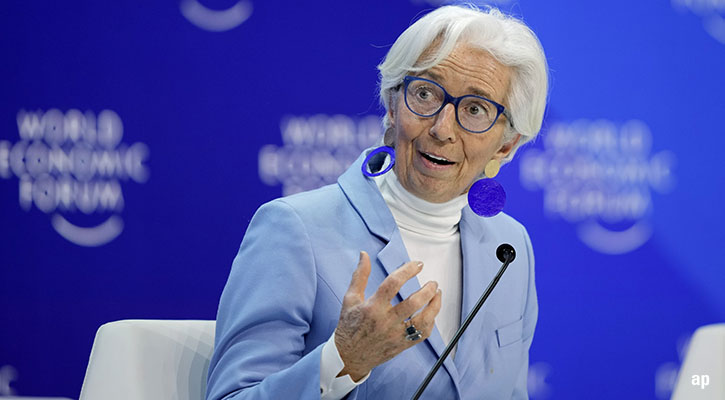Morningstar's "Perspectives" series features investment insights from third-party contributors. Here, Sam Morse, manager of Fidelity European Values reflects on investing in Europe over the past five years and how the Chinese economic slowdown is affecting the region.
Global markets have had a volatile start to the year, thanks in large part to China. Following August’s market rout, a second wave of heavy selling in the first week of 2016 sent equity markets worldwide into a tailspin. China’s economic slowdown has been the topic worrying investors most in recent months, but what does it actually mean for investors in European stock markets?
While it is true China is growing at a slower rate than before, its evolution from an infrastructure-led to a domestic demand-led economy has, so far, been successful. On a recent visit to the country, I discovered that a number of European companies operating in China’s industrial area are indeed finding life more difficult, and tougher competition from local businesses is starting to have an impact.
But, generally, I found the more consumer-facing European companies doing business in China, such as French ophthalmic lens producer Essilor, still have an optimistic outlook on the country.
China has wages growing at around 6%-8% and there is very little inflation, which means disposable incomes are growing rapidly, leading to stronger consumer spending.
Although the macro picture will always be important, we need to understand what this means for businesses. Central to my investment process is looking at each stock on a case by case basis and getting the right balance between dividend yield and prospective dividend growth. To do this, there is really no substitute for meeting management teams and drilling down into the details of their business strategy.
An Eventful Five Years in the Eurozone
Five years ago, Europe was very much out of fashion, and the Fidelity European Values fund had been struggling to perform and was, therefore, trading on a discount to NAV of around 18%. Poor investor sentiment on Europe peaked in early 2012 when people began to worry that the eurozone might actually collapse.
It was tricky to stay invested and focus on the right companies, while at the same time being prepared with a plan in the event of a eurozone break up and a return to national currencies. Research analysts did a huge amount of work to assess how individual companies might be affected in a break-up scenario, looking at which had domestic operations in weak currency areas, and which had costs or debt in hard currencies. Thankfully we never needed to use this plan, but I still have the spreadsheet, just in case.
Where are the European Opportunities Now?
I typically take a cautious approach, and when I find an attractively priced company with the ability to grow its dividend even in a low growth environment, I buy with the intent to hold it for a long time.
Recently, I have been adding to my holdings in some of the larger companies in the benchmark, where I see greater value now compared to small and mid caps. so the trust’s active share has come down from above 80% to around 77%.
I see some interesting opportunities in the banking sector this year. It remains unpopular with investors in this low interest rate environment created by quantitative easing, which has hit banks’ ability to grow their net interest income. But, despite this, there are some very strong restructuring stories in the sector. Two that I have focused on in particular are UBS and Intesa San Paolo, the Italian retail bank, where a good internal turnaround programme should offset some of the pressures coming from QE, and there is a commitment to pay an attractive and growing dividend.
The outlook for dividend growth has been too optimistic over the last few years, partly because of the heavier capital requirements weighing on the banks, but things are starting to change. Being able to select those companies that can deliver superior dividend growth will continue to be a winning strategy for investors in Europe this year.
Disclaimer
The views contained herein are those of the author(s) and not necessarily those of Morningstar. If you are interested in Morningstar featuring your content on our website, please email submissions to UKEditorial@morningstar.com



























